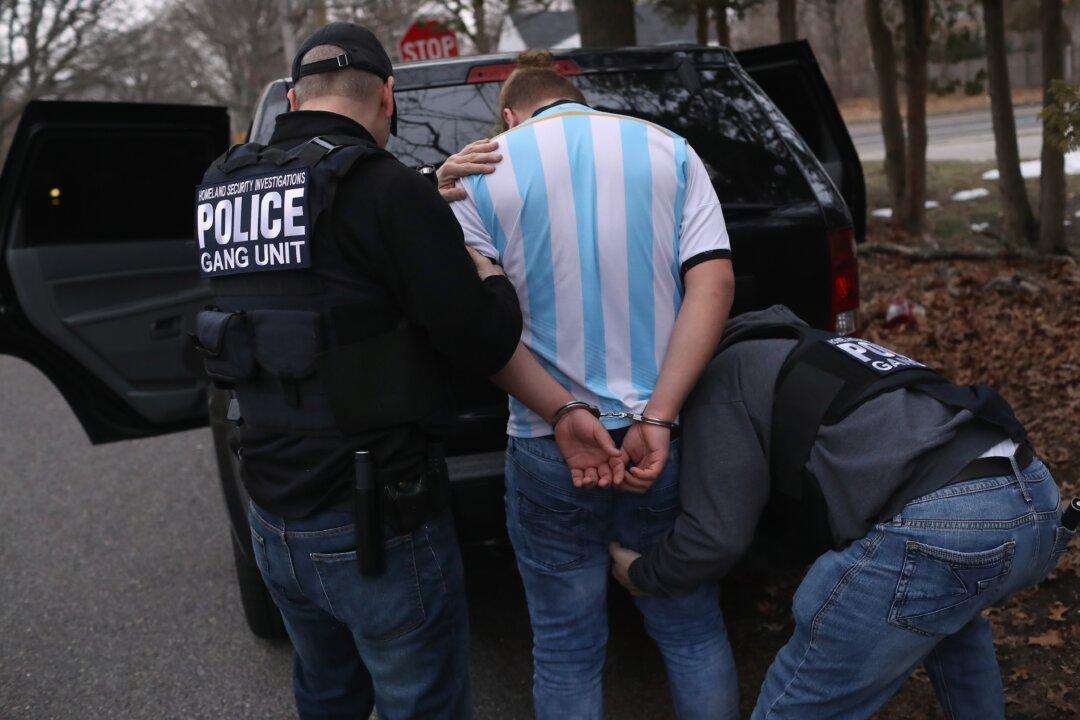McALLEN, Texas—The number of unaccompanied children crossing the border is causing concern over the knock-on effects the wave will have on U.S. schools and communities.
The first surge of unaccompanied minors in 2014 was followed by an uptick in MS-13 gang violence in the areas where most of the minors were placed. MS-13 used the unaccompanied minor program as a recruiting tool, and vulnerable children found a home in the violent gang, often either by coercion or for a sense of belonging.





